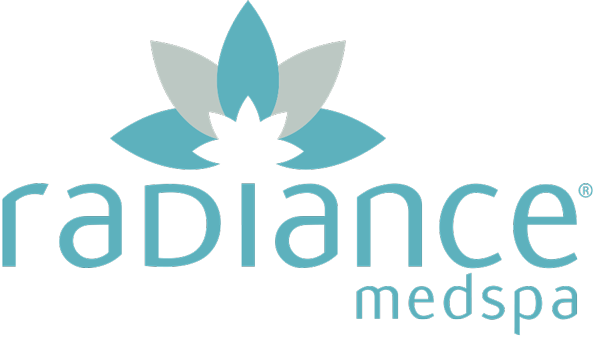Ever since fat-freezing and body-sculpting treatments became the contouring choice du jour, they have escalated from ‘does-this-actually-work’ thinking into a multi-million dollar business. Nonsurgical body-sculpting treatments can be a blessing for those short on time, unwilling to go under the knife, or with isolated pockets of stubborn fat. Of course, it’s essential to choose a board-certified dermatologist or plastic surgeon who understands the nuances and risks of the procedure you’re opting for and provides a complete rundown of post-treatment dos and don’ts.
As with any procedure, compliance with post-procedure recommendations is integral to achieving maximal results, says New York plastic surgeon B. Aviva Preminger, MD. Failure to follow these guidelines and instructions can hinder your outcome and even lead to complications down the road.
One potential yet rare side effect is contour irregularities. As Bloomfield Hills, MI dermatologist Linda C. Honet, MD explains, “noninvasive treatments, like CoolSculpting and TruSculpt, don’t have the precision that liposuction or surgery has, which is more direct visualization and direct manipulation of the fat.” There’s also the risk for paradoxical adipose hyperplasia (PAH) after CoolSculpting. “It’s a known complication of cryolipolysis that occurs when a treated area becomes larger because of unintended tissue or fat growth,” she says. Your surgeon can correct PAH with liposuction or plastic surgery.
“But let’s not forget that because these treatments have the advantage of little to no downtime and low side effects, they are often a preferred treatment,” shares Dr. Honet.
The Treatment Low Down
Noninvasive body-sculpting treatments fall into one of five categories: fat freezers (namely CoolSculpting), heat-based treatments like Sculpsure and Vanquish (some also employ radiofrequency with heat, such as Exilis and TruSculpt), the electromagnetic energy (and radiofrequency) treatments, which include Emsculpt NEO and Emsculpt, fat-dissolving injectables, like Kybella, and of course surgery, specifically liposuction. None of these procedures are a means of weight loss but rather are best suited for fine-tuning problem areas, like the stomach, thighs, upper arms, or butt, for a more toned, lifted, or less bulky appearance.
Post-procedure care can vary from skin-care recommendations, like basic cleansing and moisturizing, to upping your daily water intake, which aids in the removal process of fat.
Here’s everything you’ll need to do to ensure proper healing and good results—straight from the experts.
Get Started!
Schedule your complimentary consultation today!
Gentle Massage Is Key
According to Monroe, LA dermatologist Janine Hopkins, MD (she does not perform or recommend fat-freezing procedures), post-procedure care often consists of massaging the site to eliminate waste and stimulate healing. In addition, Dr. Hopkins recommends using a lotion like Revision Body Firm or DefenAge 10 Luxe Hand & Body Cream.
Some treatments, like CoolSculpting, require instantaneous and post-treatment massage to encourage healthy healing and optimal results. “The immediate, vigorous post-CoolSculpting massage maximizes the area,” says Dr. Honet. “Studies show that massage improves fat destruction by up to 40-60 percent compared to not massaging.”
Always Hydrate and Eat Clean
After a body-sculpting treatment, drinking ample amounts of water ensures good results, especially when using heat and/or radiofrequency. “The more hydrated the fat cells and subcutaneous tissues are, the better the penetration of energy and the better the fat-destruction is,” advises Dr. Honet.
It’s also necessary to stick to a well-balanced diet consisting of clean, healthy foods. “Excess salt in the diet can result in swelling,” says Dr. Hopkins. “I also advise avoiding sugar and simple carbs that cause inflammation in the skin and body,” she adds.
Wear Loose-Fitting Clothes
Pack away the tight-fitting tops and jeans for the first few days (or weeks) and swap them for comfortable clothes that don’t pinch, tug or cut into the body. Swelling and discomfort are typical, and for that reason, loose-fitting clothes with some give are more comfortable to wear, especially when sitting for long periods.
Opt For a Compression Garment
Following certain body-contouring procedures, wearing a compression garment is essential. “This is especially true if it is an invasive or minimally invasive procedure such as liposuction,” says Dr. Preminger. “However, it is important that the garment is padded with lipo foam, not too tight, nor creases because creases can cause long-term contour issues,” explains Dr. Preminger.
Take Anti-Swelling Supplements
Most nonsurgical procedure protocols advise against consuming certain oral supplements in the days leading up to and following treatment. Dr. Preminger advocates stopping “all medications and supplements before surgery that may contribute to bruising.” She also recommends herbal supplements such as arnica and or bromelain to reduce postoperative bruising and swelling.
Read article here.

